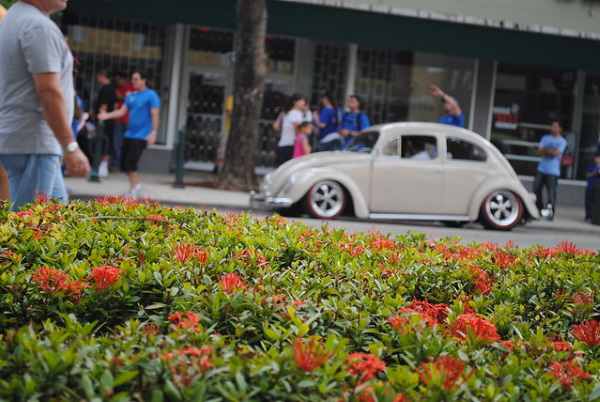Don’t Bee Stingy
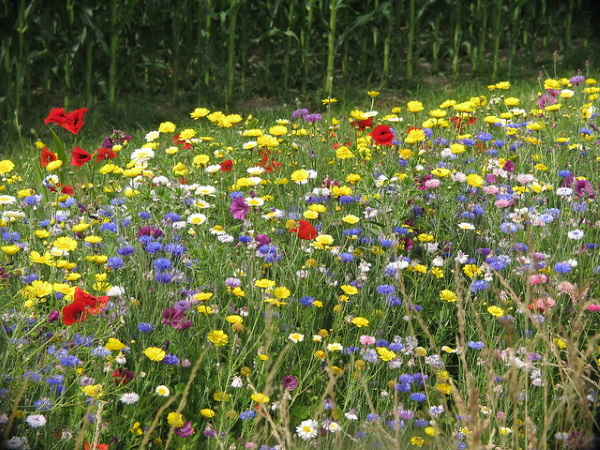
“We identified and counted the bees visiting flowers on each strip and then related these numbers to the total diversity of Munich’s bee fauna and to the diversity at different distances from the strips.” explained Prof. Susanne S. Renner. “Our expectation was that newly planted flower strips would attract a small subset of mostly generalist, non-threatened species and that oligolectic species (species using pollen from a taxonomically restricted set of plants) would be underrepresented compared to the city’s overall species pool,” she added. While most of the bees observed frequenting the flower strips were indeed “generalist, non-threatened” species, wild bees were also able to take advantage of these new resources. (image via jounigripen)
Bee-ing Best
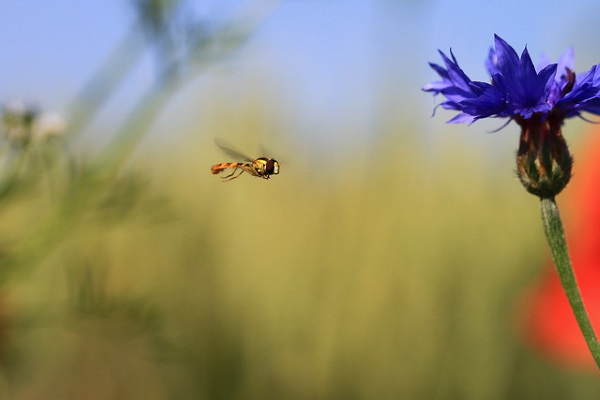
To be sure, the researchers had plenty of subjects to work with. As of 2011, Germany was home to roughly 560 species of bees. That may sound impressive at first glance but 228 species – that’s 41% of the total – have been categorized as “threatened” and 39 species are considered to be extinct. Clearly, bees in general are having a tough time of it and the one constant factor impinging on their overall viability is the human factor. Can we do better… can we bee best? (image via Agroscope)
Landing Strips
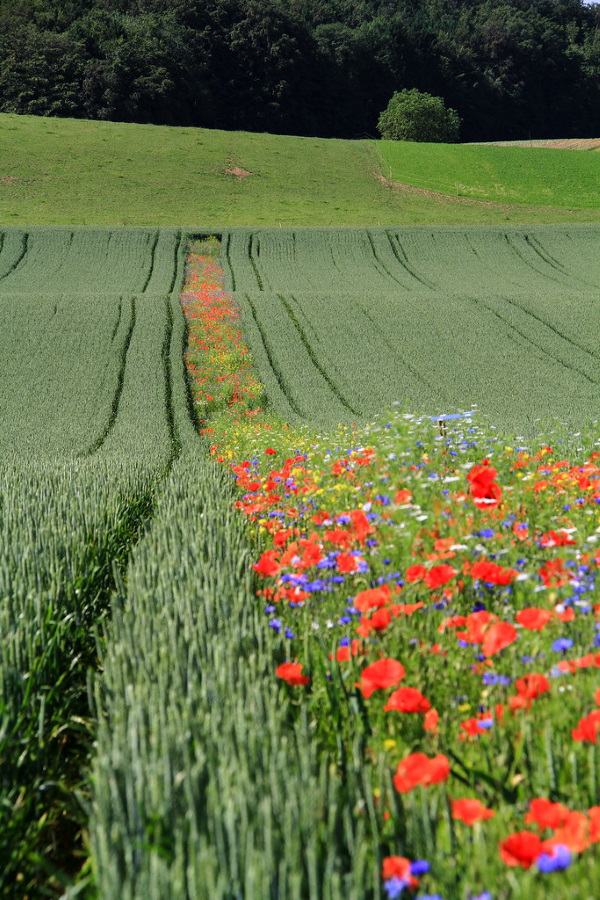
Bees may indeed be “busy”, as the old expression goes, but they still require a certain amount of time to discover, explore and exploit productive new habitats like flower strips. Thanks to the University of Munich study, we can finally get a handle on just how long that takes: over the year-long course of the study, it was found that approximately one-third of Munich’s 232 bee species visited at least one of the nine flower strips at least one time. (image via Agroscope)
Honey of a Deal
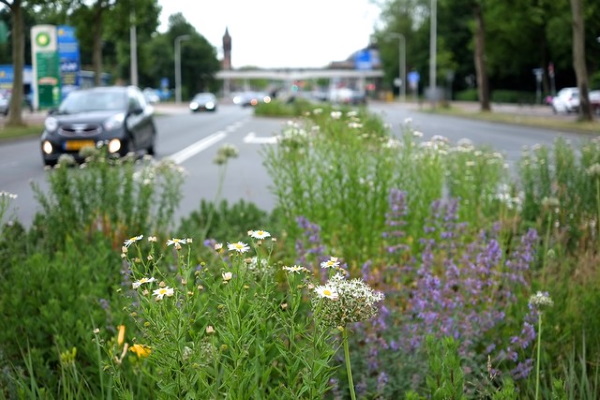
Based on these promising results, it can now be stated with certainty that urban flower strips benefit bees and other essential pollenating insects. More precisely, providing extra support by enhancing the availability of crucial resources can act as an effective conservation measure. Looking forward, the results will ensure that recommendations tin favor of planting more flower strip networks be included in the forthcoming update of the EU’s Common Agricultural Policy. It would, one might say, bee-hoove them to do so! (image via Sebastiaan ter BurgFollow)
Seeking biodiversity in unexpected places? Check out Dome Base: UAE’s Biodomes Wildlife Conservation Center!

